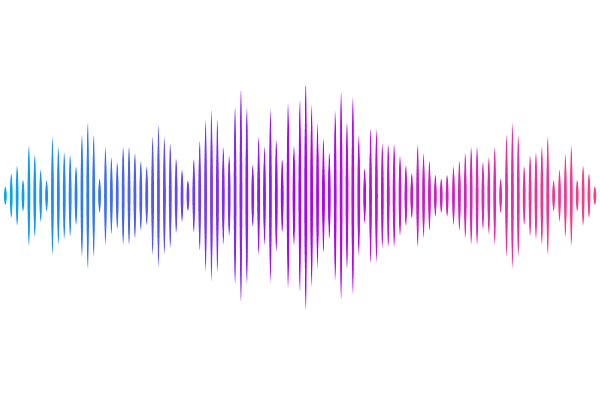Proximate Composition and Mineral Analysis of Housefly Maggots and Mealworms Compared to Fish and Soybean Meals

Proximate Composition and Mineral Analysis of Housefly Maggots and Mealworms Compared to Fish and Soybean Meals
Nayab, G. e.; Rashid, S. B.; Khan, S.; Sultan, A.; Khan, I.; Khan, R.
AbstractThe study was conducted to analyze the nutritive profiles of yellow mealworms and housefly maggots (HFM) and compare them with traditional feed ingredients fish meal (FM) and soybean meal (SBM). Nutrient composition was determined through proximate analysis, while amino acid and mineral contents were analyzed using HPLC-based amino acid analyzer and atomic absorption spectrophotometer, respectively. Metabolizable energy (ME) was calculated to estimate energy content per kilogram of feed. The crude protein content of housefly maggots (57.8%) was comparable to that of fish meal (58.5%), which was the highest among the evaluated feeds, while mealworms had a slightly lower protein content (51.02%). The highest ether extract values were recorded for mealworms (27.3%) and maggots (26.9%), surpassing those in FM and SBM. The highest ME was calculated for HFM (4,074 kcal/kg), followed by mealworms (3,988 kcal/kg) and FM (3,824 kcal/kg). Mineral profiling showed the highest calcium content in mealworms (5.23 g/kg), followed by HFM (5.13 g/kg). Phosphorus and zinc were recorded highest in HFM, at 16.8 g/kg and 98.5 mg/kg, respectively. The limiting amino acids lysine, leucine, and isoleucine were highest in HFM, followed by FM and mealworms, showing comparable values among the insect-based and fish meals. Methionine content was highest in mealworms (2.3 g/100g), closely followed by HFM (2.27 g/100g). The study demonstrated that housefly maggots and mealworms have a nutritive profile superior to soybean meal and comparable to conventional fish meal.